Types of plating
Conventional cyanide plating process.
It plates twice as fast as any other
cyanide brass process
It is a single additive process with
excellent throwing power that produces a lustrous, highly desirable
yellow-green, 70/30 brass color
It is a low temperature process
operating at 105° F and can be used in both rack and barrel operations
The copper and zinc plate together
in a uniform alloy composition over a wider current density and temperature
range, thereby helping to reduce rejects due to poor color, non-uniformity
and poorly oxidized finishes
The E-Brite B-150 utilizes
electrosolv as an anode corroder which retards the growth of carbonates,
plus in barrel brass lines utilizing electrosolv will eliminate the need for
addition of copper and zinc cyanide when using 70/30 brass anodes
BPA (Brass Passivating Agent)
An
alkaline, chromate-based passivating solution for brass, bronze, copper and
silver
It is used cathodically after
plating to prevent spotting and bleed-out and preserves the original color
of plated surfaces
It provides excellent short term
protection for parts in processing with resistance to 100 hour salt spray
and 500 hours of 100% humidity without a lacquer topcoat
It is the preferred agent for
increased corrosion resistance for plated objects top-coated with a clear
acrylic or epoxy lacquer and also for clear powder coatings
The use of BPA will double and even
quadruple the life of a clear top-coat
It also works equally as well on
solid wrought brass alloys and copper







